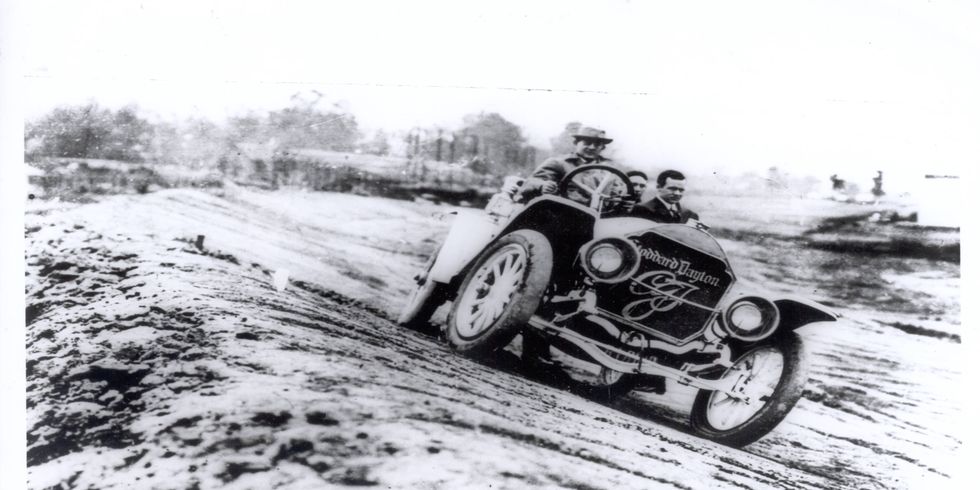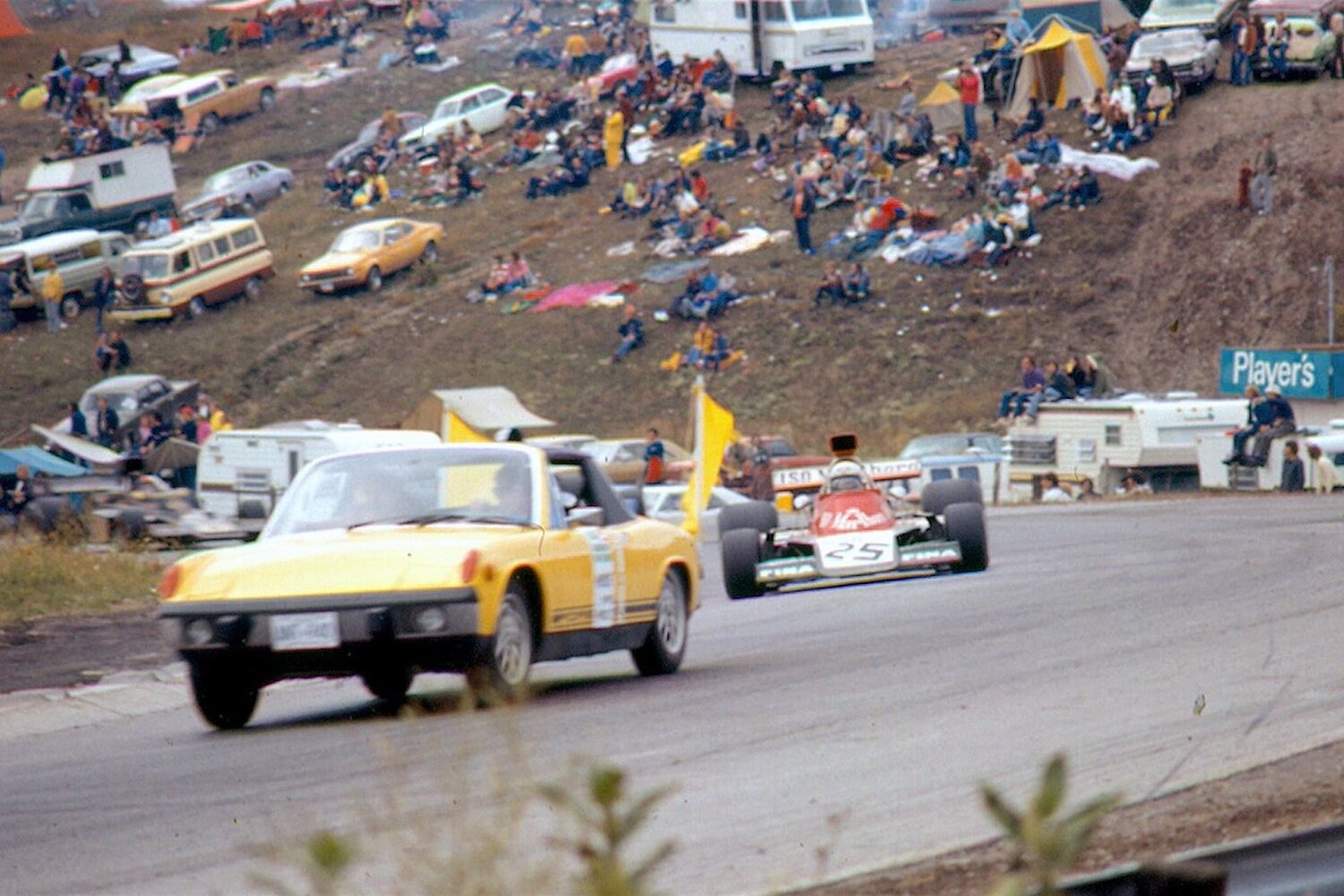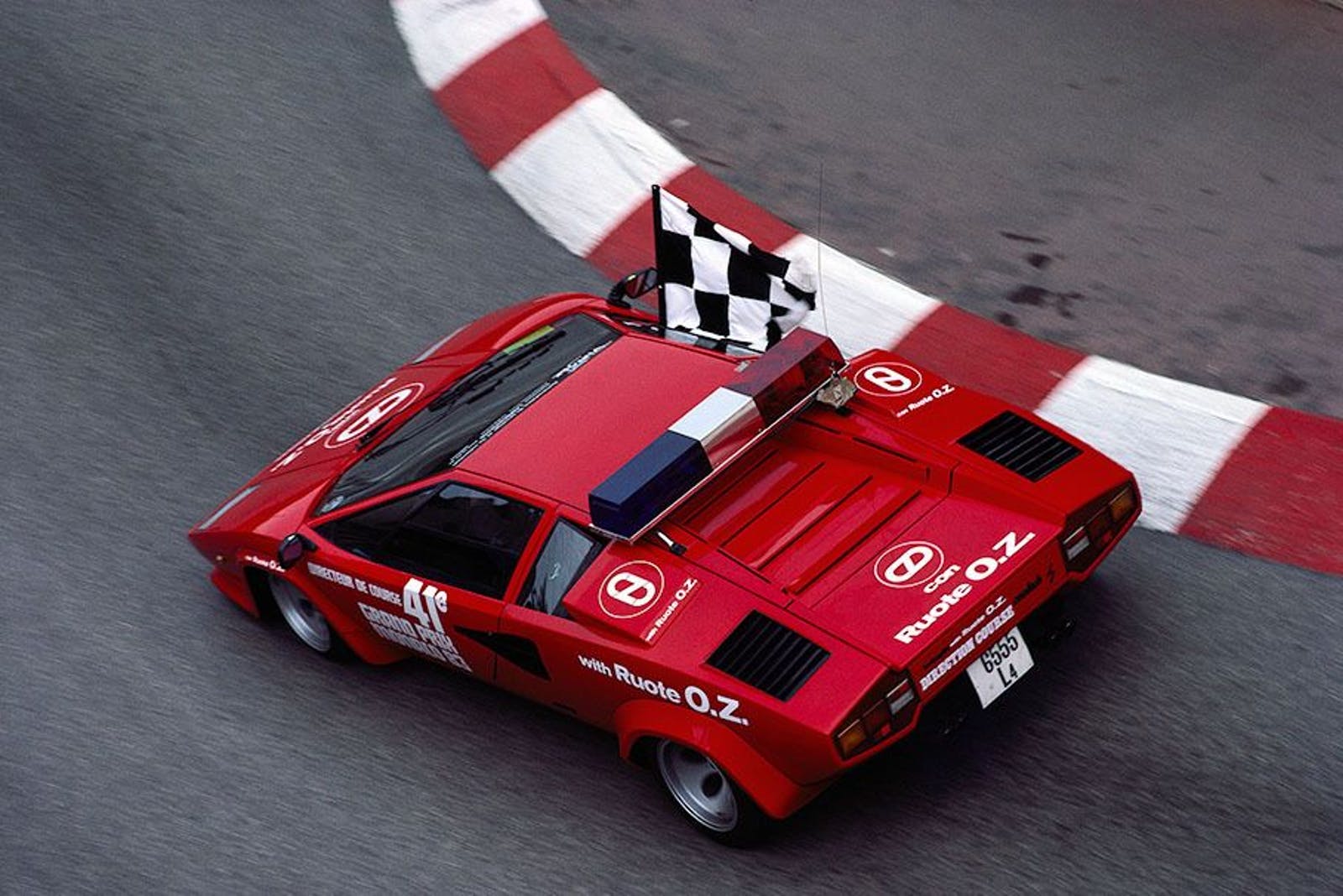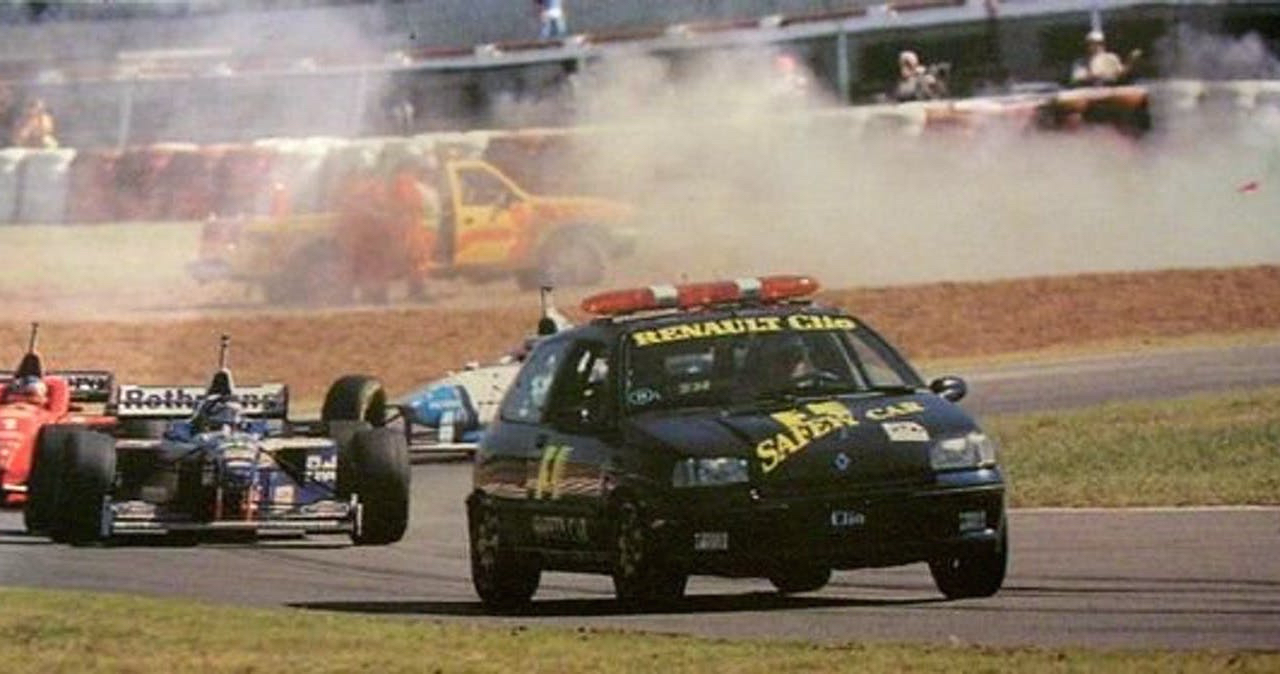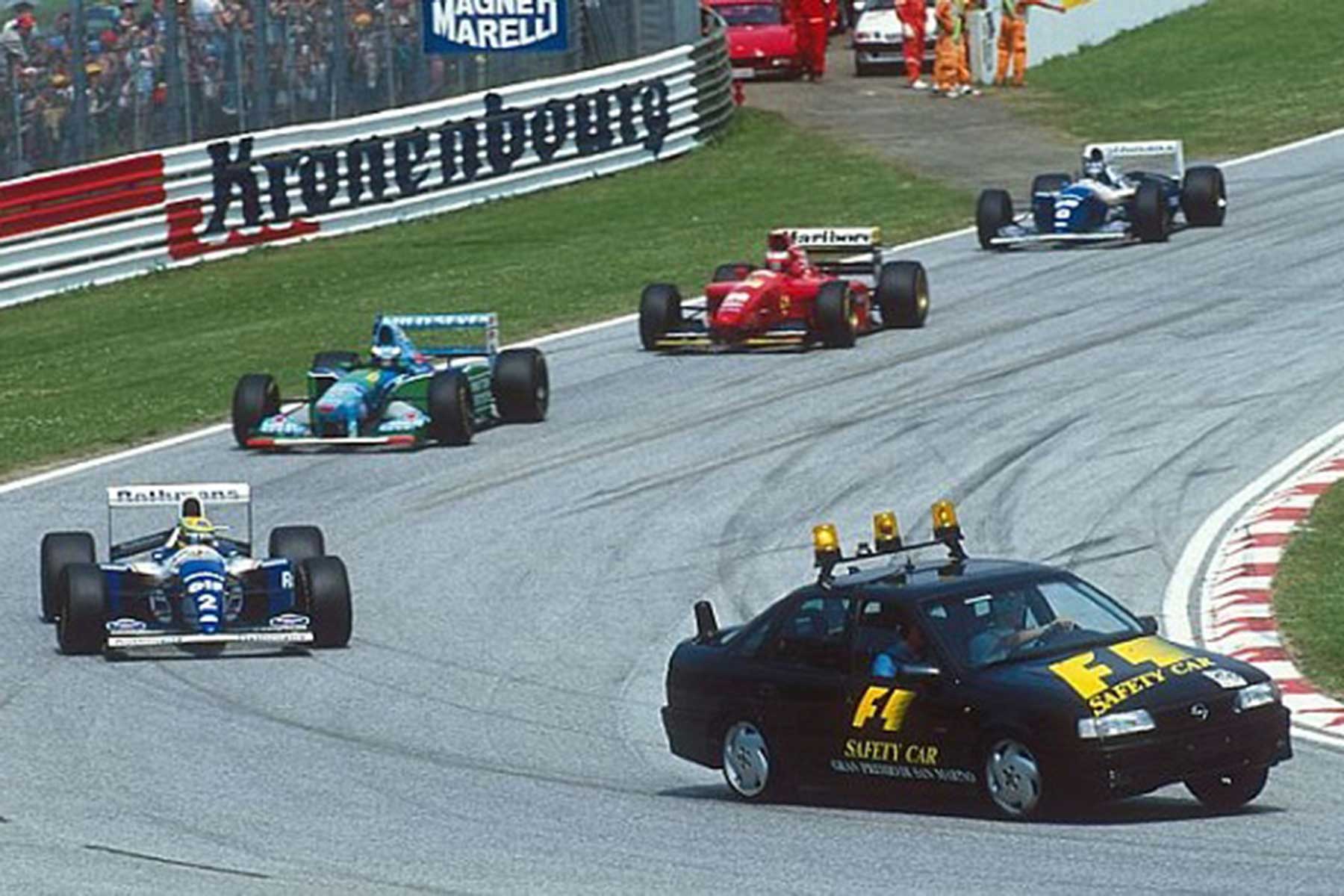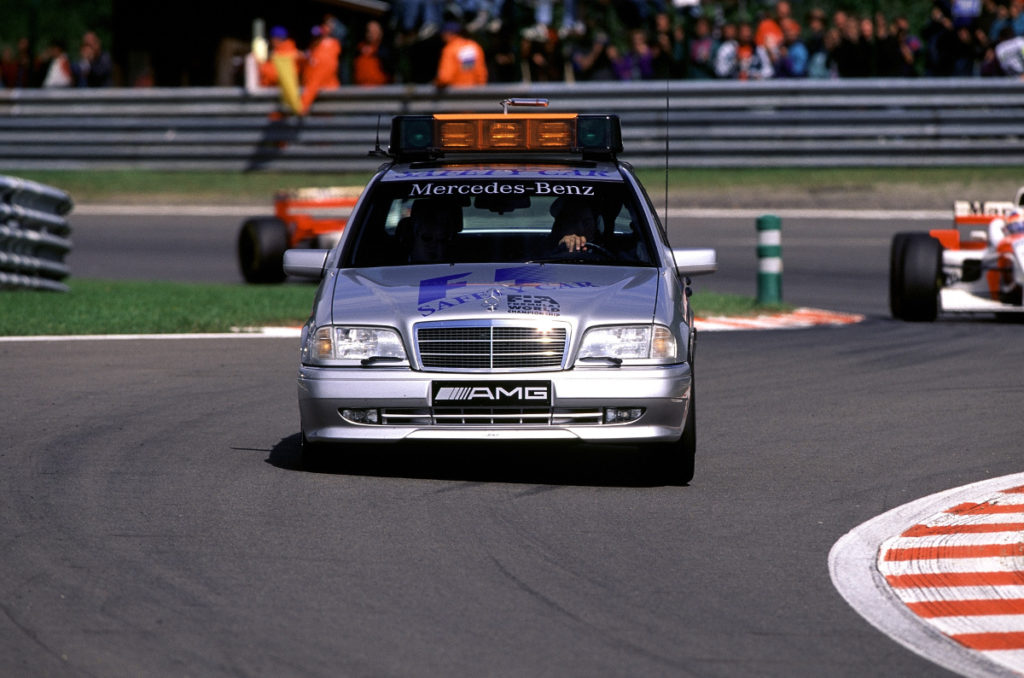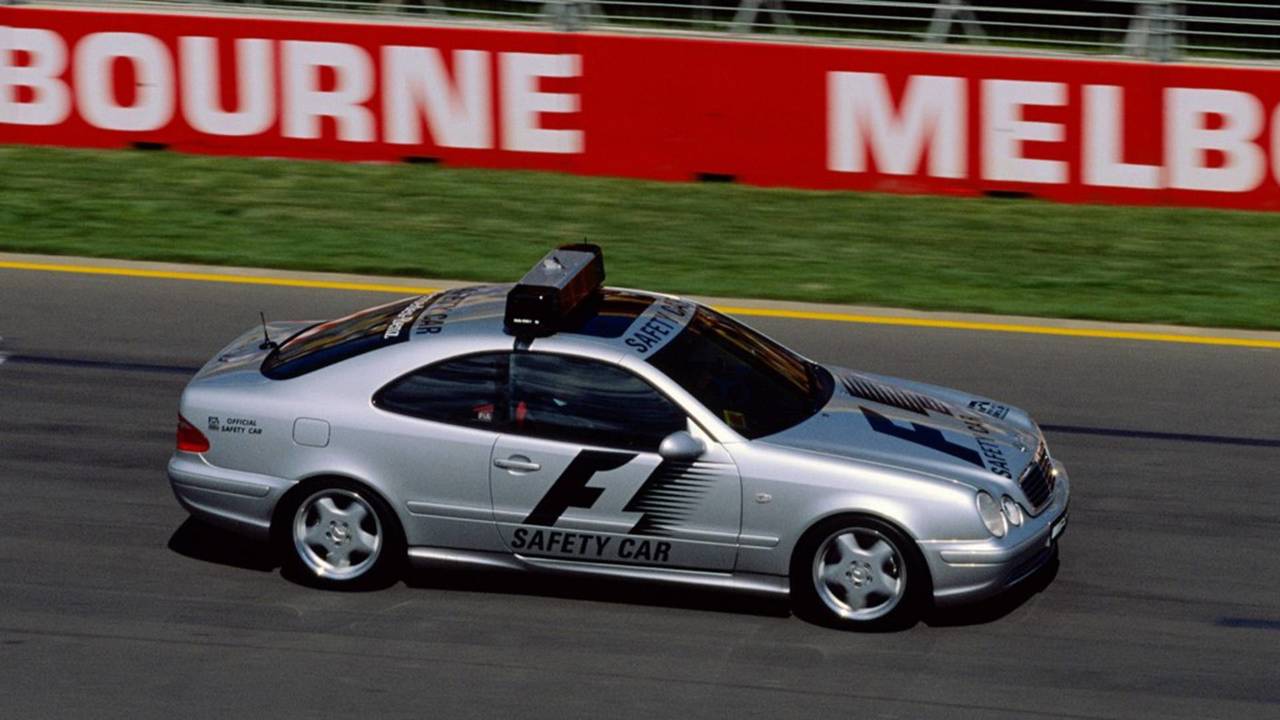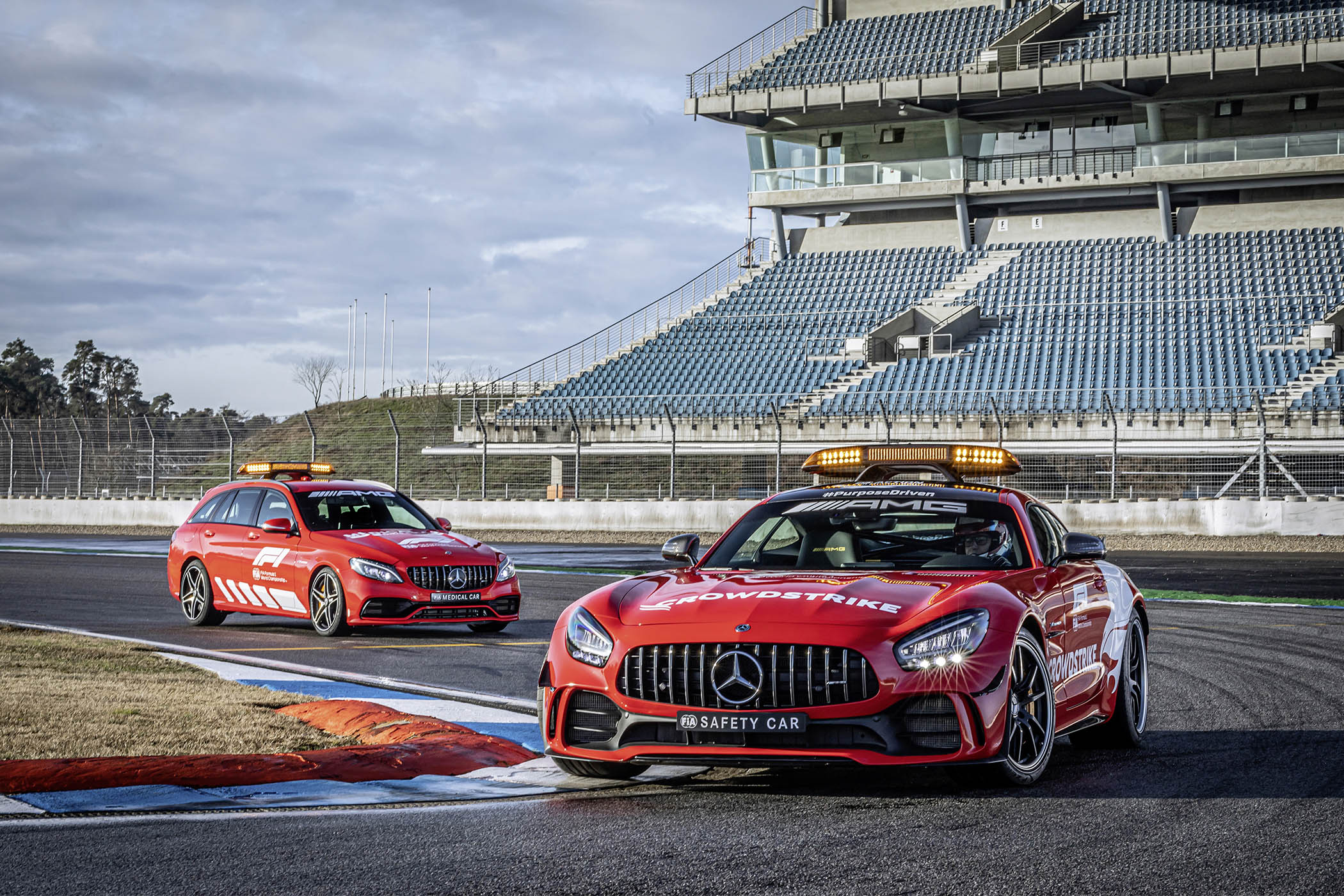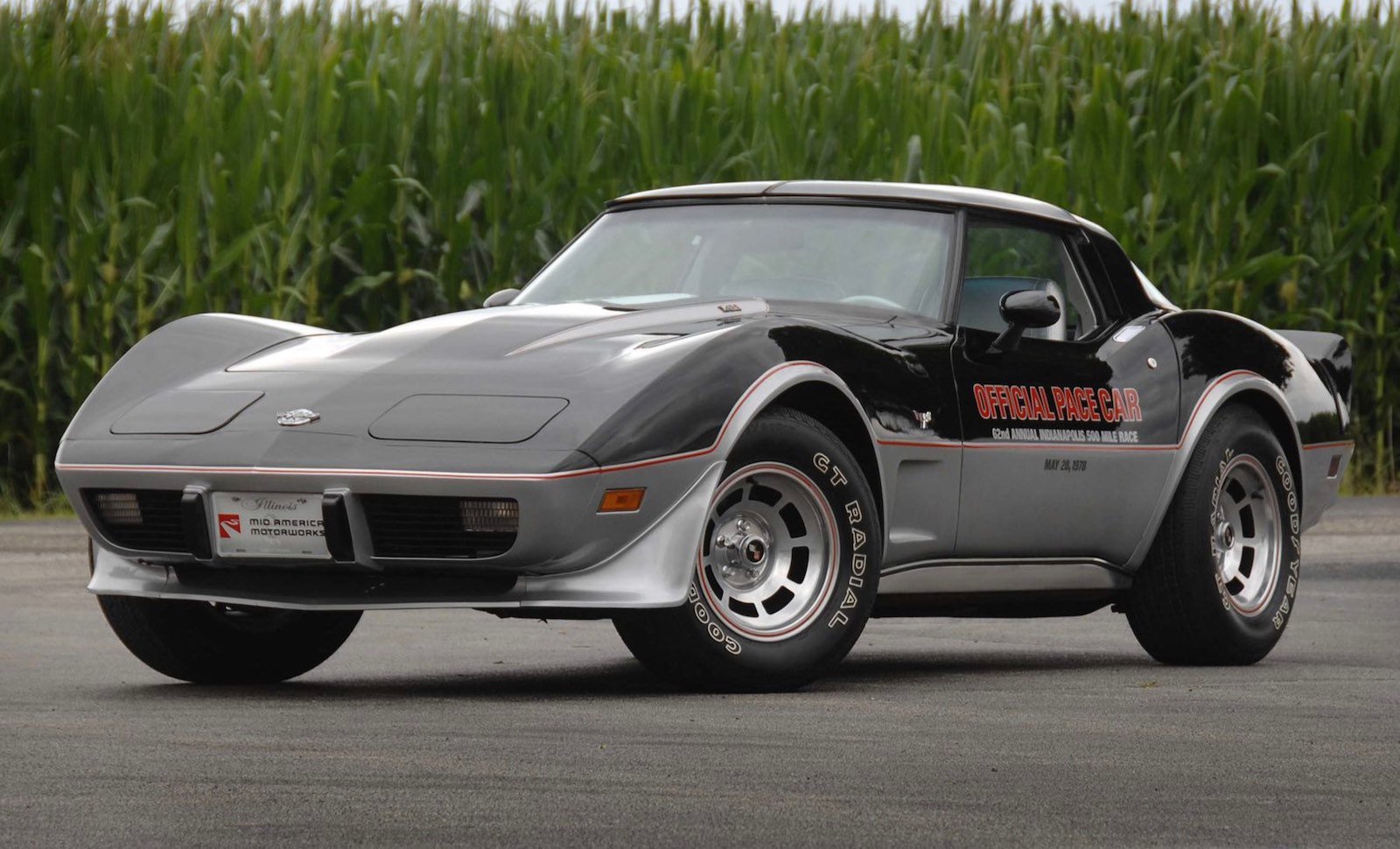Formula 1 Safety-Cars Through History
And yes, there have some pretty cool models.
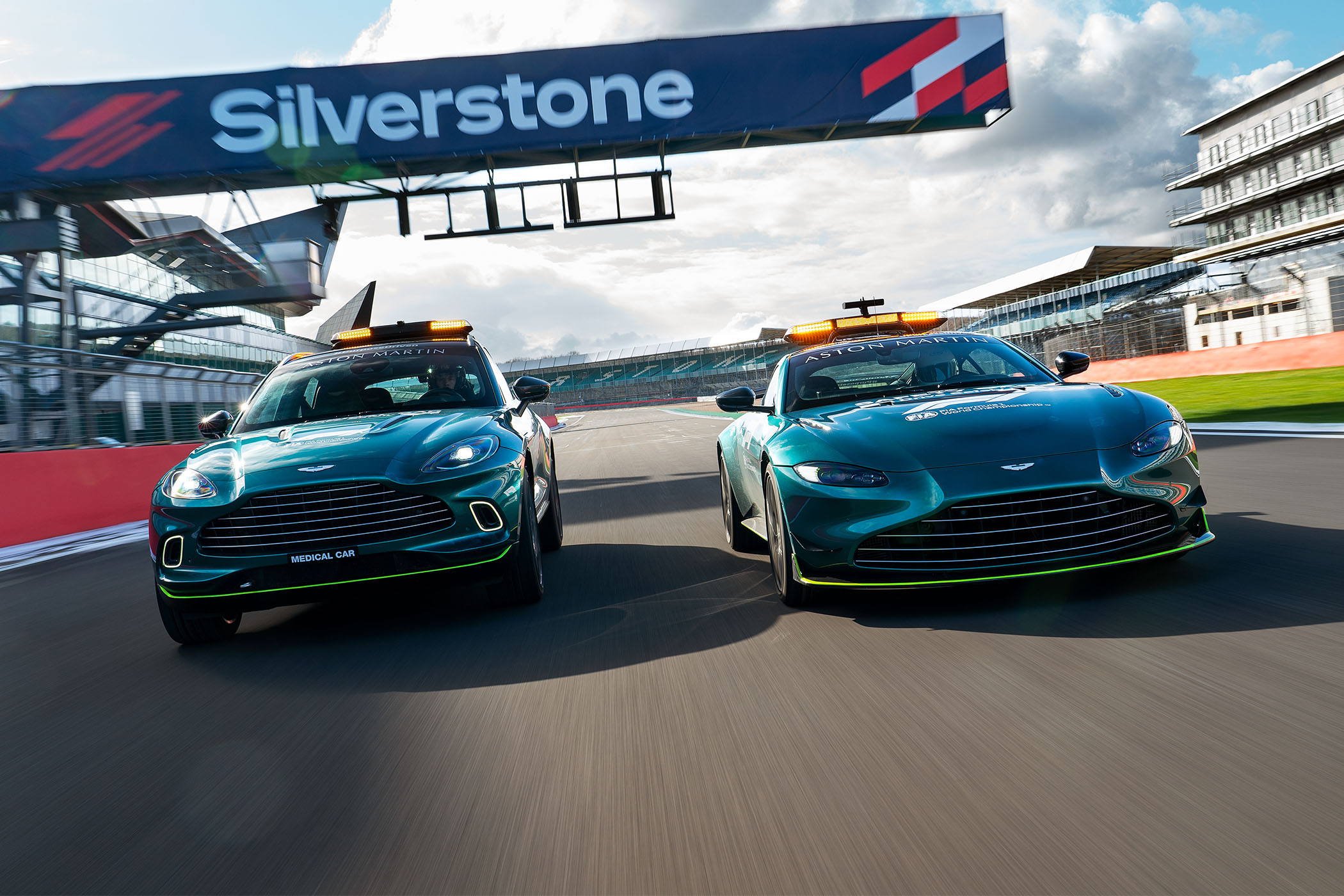
For many years Mercedes-Benz has provided the official support cars for Formula 1, including a Safety Car, Medical Car and other support vehicles needed during an F1 race. Of course, you hope to not use them other than the mandatory chase-lap by the medical car on the opening lap or canvassing the track prior to a race by the safety car. Perhaps in a sudden shower of rain the safety car is sent out to test circumstances, but ideally, that’s it. With the introduction of Aston Martin as co-supplier for the 2021 season of Formula 1, it might be cool to look at safety cars through the years.
Formula 1 is a dangerous sport, as is any form of racing basically. The highest levels of racing are no exception of course, and safety becomes even more critical when it comes to open-wheel, open-top racing. We’ve seen far too many incidents where debris from a crash caused substantial damage or injury, whether from a crashed driver’s own car or another. Quick response is key of course, and that is where a reliable, fast team equipped with the essential amenities comes in. You wouldn’t want a crash like Romain Grosjean’s Bahrain incident to happen, but when it does, you have to be ready to tackle it with appropriate action and equipment.
The safety car is not something unique to F1 only, as virtually all forms of racing, even on two wheels, have a support team ready that includes a safety car, back-up safety car, medical car and possibly other support cars. The faster the races are, the faster and better equipped these support vehicles must be though. In Formula 1 and various others forms of racing the leading car is referred to as the safety car, where in oval racing like they do in the US it is often called a pace car. The purpose for both is similar, reduce the pace considerably when an incident occurs to allow officials to clear the track again.
History on this subject marks a Stoddard-Dayton Model 11-A as the world’s first safety or pace car, used in the inaugural Indianapolis 500 in 1911. Following that, the Indy 500 saw the use of pace car on a regular base, including pre-war Lincolns, Cords and Chryslers. The first documented use of a safety car in Formula 1 is the 1973 Canadian Grand Prix. After several incidents due to atrocious weather, a Porsche 914 was sent out to catch the pack, reduce speed and control the race at a safe pace. This resulted in chaos as the driver picked up the wrong car as the leader and start a mass of confusion. Under drying conditions, pit stop drama brought on even more confusion as to who was in what position. No one really knew who won until hours after the race.
In years following that chaotic first attempt a Fiat Tempra, Opel/Vauxhall Vectra, Honda Prelude and even a humble little Renault Clio have been deployed as a safety car. These were often pretty standard road cars, not really equipped to tackle mayor incidents but it was a start. One of the most unusual perhaps, and at the same time probably the coolest ever was the Lamborghini Countach used for the 1983 Monaco Grand Prix.
In 1993, following various tests, a decision was made by the FIA that Formula 1 would need a support crew including a safety car at each race. Three years later a decision was made to partner up with a car manufacturer, Mercedes-Benz, to have supply capable support vehicles that could be used race after race if needed. Ever since, the German brand has been the go-to carmaker for FIA, and they’ve supplied many AMG models through the years.
New for the 2021 season is that Mercedes will be joined by Aston Martin. The sports car manufacturer from the UK will do so in more than half of the races apparently. It wouldn’t be F1 if there wasn’t some commercial decision behind this; AM gets to choose what races they will supply cars for depending on business appeal of each country. So, next to the Mercedes AMG GTR we will see an Aston Martin Vantage, in green, with some technical upgrades and a big light-box on the roof. The medical car will be their new SUV, the Aston Martin DBX.
In the US, where they call it a pace car, we’ve seen a whole range of cars being used. Often some limited, specially painted model of a muscle car. Everything from Corvettes, Camaro’s, Mustang’s Trans Am’s, Chargers and Challengers have been used. Sometimes these cars have been offered to the public in highly limited numbers. It is of course a perfect campaign vehicle as these races are hugely popular in the United States and actually help boost sales. The saying “win on Sunday, sell on Monday” doesn’t only apply to the race cars but also trickles down to the pace cars used.
For the 24 Hours of Le Mans, the FIA and ACO have enlisted the help of Audi and more recently Alfa Romeo or Porsche to support the race. Racing on a track that is roughly three times longer than most F1 tracks, and often fields more than 60 cars at once, provides unique challenges. One of which is that it simply takes too much time to wait for the official race leader in case of an incident. So, as a way to tackle this, multiple safety cars are stationed along the track and are deployed simultaneously.
The use of a safety car is carefully orchestrated by a race director, but as with all human-controlled elements of the sport, incidents involving safety cars do happen from time to time. There’s a whole bunch of unusual, ridiculous and sometimes simply hilarious examples where a safety car played a major part. I mean, crashing out in front of a field of race cars is pretty shameful. One of the most famous ones is the incident with F1 driver Taki Inoue, who drove for MTV Simtek Ford and Footwork Hart in the 1994 and 1995 seasons. Taki Inoue wasn’t particularly good or anything, and is mostly famous due to one thing; clashes with the safety car.
During the 1994 Monaco Grand Prix training, his car broke down and was towed back to the pits. The safety car, a Renault Clio, ran into the car and completely drove over it, severely damaging it. In the 1995 Hungarian Grand Prix his car caught fire, after which he parked it along the track. When trying to assist the marshals in putting it out, he didn’t see the approaching medical car, stepped in front of it and was subsequently hit by it. Luckily he escaped with only minor injury but it all looks rather clumsy
Another noteworthy incident occurred at the Six Hours of Castellet endurance race in 2006. The safety car led the pack to the start of the race, failed to peel off into the pits and when the lights turned green, chaos ensued. The front runners could react in time, but cars further down the field couldn’t as they had no clear vision of what was going on. The result was a huge pile-up of multiple cars ending up badly damaged and out of the race. Here’s the footage:
CarThrottle includes these two incidents and a few other’s in this article, for a fascinating read.
Of course, when a safety car makes an appearance, marshals positioned around the track aid it by signalling what is going on with flags. Yellow for a hazardous situation, red for a suspended race, striped yellow-and-red for a slippery substance on track (most likely oil) and green as an all-clear. Modern technology is put in use to help both the safety car and the track-marshals keep things as safe as possible. Light-boards at marshal-posts, flashing lights on a driver’s steering-wheel, virtual safety cars with a mandatory, predetermined reduction in speed and more.
For more information on the new Aston Martin support vehicles, Top Gear has all the details. Mercedes-Benz has a well-documented overview of their involvement in Formula 1 as a supplier for the support cars, found here. And finally, Car and Driver lists their all-time favourite Indy 500 pace cars, including the very first one.


